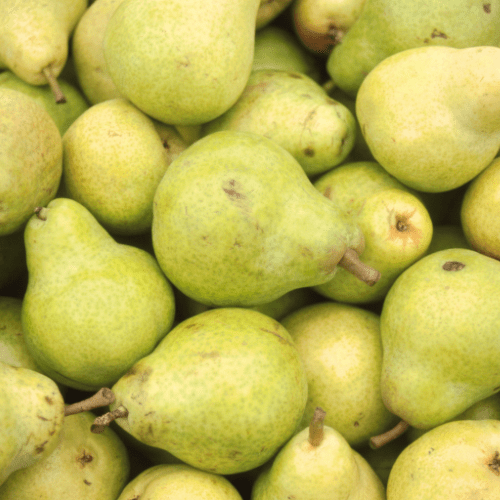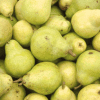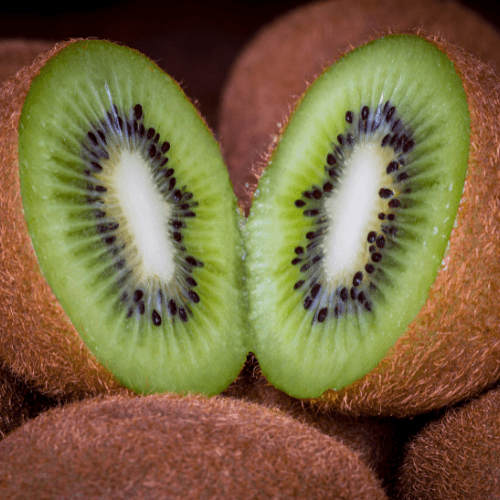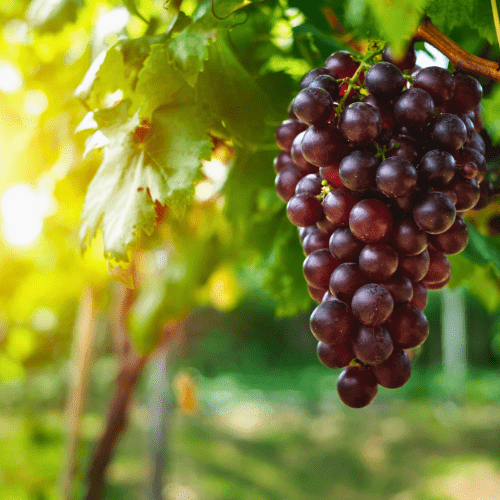Position
This pear tree grows well in a partially sunny spot. It is a hardy tree that does well in most settings.
Size
The Keiffer pear tree grows to an average height of 6 metres. Give this tree plenty of space to spread up to 6 metres.
Soil Type
Light, sandy soil that drains well is perfect for this tree. This soil type is loose enough to remain moist without becoming waterlogged, allowing the roots to grow freely. A neutral pH (around 7) works best.
Watering
Newly planted pear trees need frequent watering to establish their root systems. Water them deeply once a week during their first growing season. Ensure the soil stays consistently moist but not waterlogged.
Water deeply to encourage deep root growth. Shallow watering can lead to shallow roots, which make the tree more susceptible to drought. Apply water slowly to allow it to penetrate the soil thoroughly. Drip irrigation systems deliver water directly to the root zone, minimizing water wastage and reducing the risk of fungal diseases that can occur with overhead watering.
Mulching
Apply organic mulch to your pear tree all year round.
Use from 2 to 5 centimetres of pine bark mulch to protect the roots from UV damage and drying out. It retains moisture and maintains an optimal pH. Do not let the mulch touch the plant stem, as it may cause infection or rot.
Fertilising
Apply our slow-release all-plant fertiliser. Apply 1 teaspoon every 4-5 months. The roots will absorb what they need.
Alternatively, apply a balanced fertiliser (such as 10-10-10) in early spring before new growth begins. Thereafter, fertilise annually in early spring.
Pruning
Prune pear trees during late winter to early spring to minimize stress and reduce disease risk. Light summer pruning controls tree size and shape, removes water sprouts, and improves air circulation. Avoid heavy pruning in the summer to prevent stress and reduce fruit production.
Remove dead, diseased, and damaged wood. Create an open-center structure to reduce the risk of fungal disease and promote better fruit development. Remove crossing or rubbing branches to prevent damage and allow for proper growth.
Focus on developing a strong central leader or scaffold of branches to support fruit and withstand stress. Maintain a balanced shape for young trees and regularly remove excess growth for mature trees. Cut back to a healthy bud at a slight angle to encourage new growth and promote healing.
Pests and Diseases
Pear trees are susceptible to various pests and diseases, which can impact their health and productivity.
Regularly inspect your pear trees for signs of pests and diseases.
Prune trees to improve air circulation and reduce the spread of diseases.
Remove and destroy infected plant debris to prevent the spread of disease.
Treat promptly or preferably use preventative measures by spraying with agricultural Neem Oilor Effective Microorganisms (EM Control)
Thinning Fruit
Thin fruit in early summer when they are small, to promote larger, healthier fruit and prevent branch breakage due to excessive weight.
Harvesting
Pick your Keiffer pears when they turn from green to yellow. Ripe pears are firm, with the stem end of the pear yielding to gentle pressure from your thumb.










